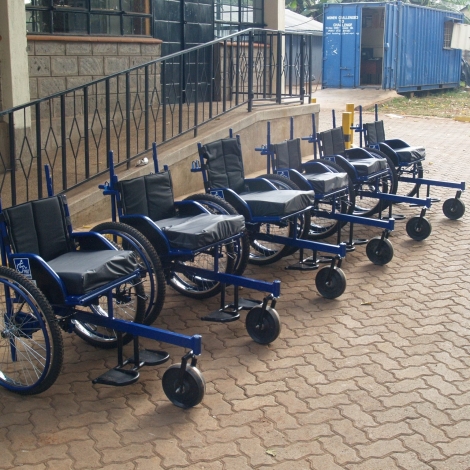Engineering students are increasingly interested in issues of social justice. Nearly 45 percent of university students say they would give up 15 percent of their salary to have a job that seeks to make a social or environmental difference in the world. To accommodate the change, there has been a trend among engineering educators to promote contextual listening and social justice parameters into the engineering design process. Universities across the world are incorporating new programs, courses, and clubs focused on engineering for social equity and enhancement of human capabilities. Organizations such as Engineers for a Sustainable World, ESJP (Engineering, Social Justice, and Peace), and Engineers Against Poverty aim to promote sustainability, build local capacity, fight corruption, and strengthen workers’ rights; among others.
But, exactly how can engineers incorporate this philosophy into their designs? At the Colorado School of Mines, researchers Jon Leydens and Juan Lucena have developed an engineering for social justice framework that identifies root causes of inequitable distribution of design solutions. This seven-step design framework involves listening and researching both the local context and the structural conditions that give rise to inequalities.
- Listening: In the research phase, engineers must listen for specifications, for consumer desires and needs, and for empathy. But, they also must listen in ways to identify structural conditions that give rise to community needs. Information collected from stakeholders that is common in the standard design research phase, such as cost, timeline, and other technical specifications, can be meaningless if the context of the stakeholder (their political agenda, needs, forms of knowledge, etc.) is not fully understood.
- Identifying structural conditions that give rise to needs: Typically, design treats structural conditions as background noise to ignore. In this step, however, the designer identifies structural conditions that can enhance or degrade the human experience. A valuable example is the passing of the 1968 Architectural Barriers Act, which called for features such as ramps and doors wide enough for wheelchairs to pass through. To this day, buildings constructed before the act passed can inhibit people with disabilities.
- Increasing human rights: Multiple stakeholders may have their hands in a design project. They may include end users, governments, corporations, and local communities. Designers should ask “whose rights are improved by this project, and how?” More specifically, the design should focus on increasing the rights of historically marginalized people, rather than corporations and wealthy stakeholders. In simpler terms, the product should aim to empower the end users.
- Increasing opportunities: Designs should allow people to do tasks they were unable to do before.
- Increasing resources: Designs that allow people to access something they were unable able to do before.
- Reducing imposed risks and harms: Designs should focus on mitigating unintentional risks to the user and local communities (such as unintended pollutants, disruptions in economy, or inequitable access to resources).
- Enhancing human capabilities: Designs should enhance the things that make life worth living. A short list of those includes longevity, bodily health, bodily integrity (i.e nonviolence, moving freely), senses, imagination, thought, emotions, practical reasoning (i.e thinking, religion, opinion), affiliation (i.e institutions, identities, orientations), other species (how we interact with nature), recreation, and control over the political and material environments.
These seven social justice criteria can change the way engineers look at their designs. We, as engineers, have the responsibility to provide all populations, regardless of accessibility, nationality, ethnicity, gender, sex, orientation, religion etc. with access to technological resources that enhance livelihoods and mitigate risk.
Interested in learning more about engineering and social justice? Please see this reading list by E4C’s Contributing Editor Ankita Joshi.
About the Author
Grace Burleson is a former Expert Fellow at Engineering for Change who holds a dual MS in Mechanical Engineering and Applied Anthropology from Oregon State University. Her research integrates improved clean water with cooking technologies for institutions in low-resource contexts.
See Engineering for Change’s Research Fellowship hub for information on the program and details about how to apply.

